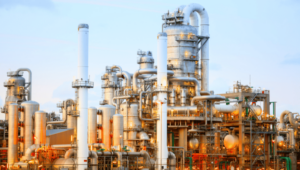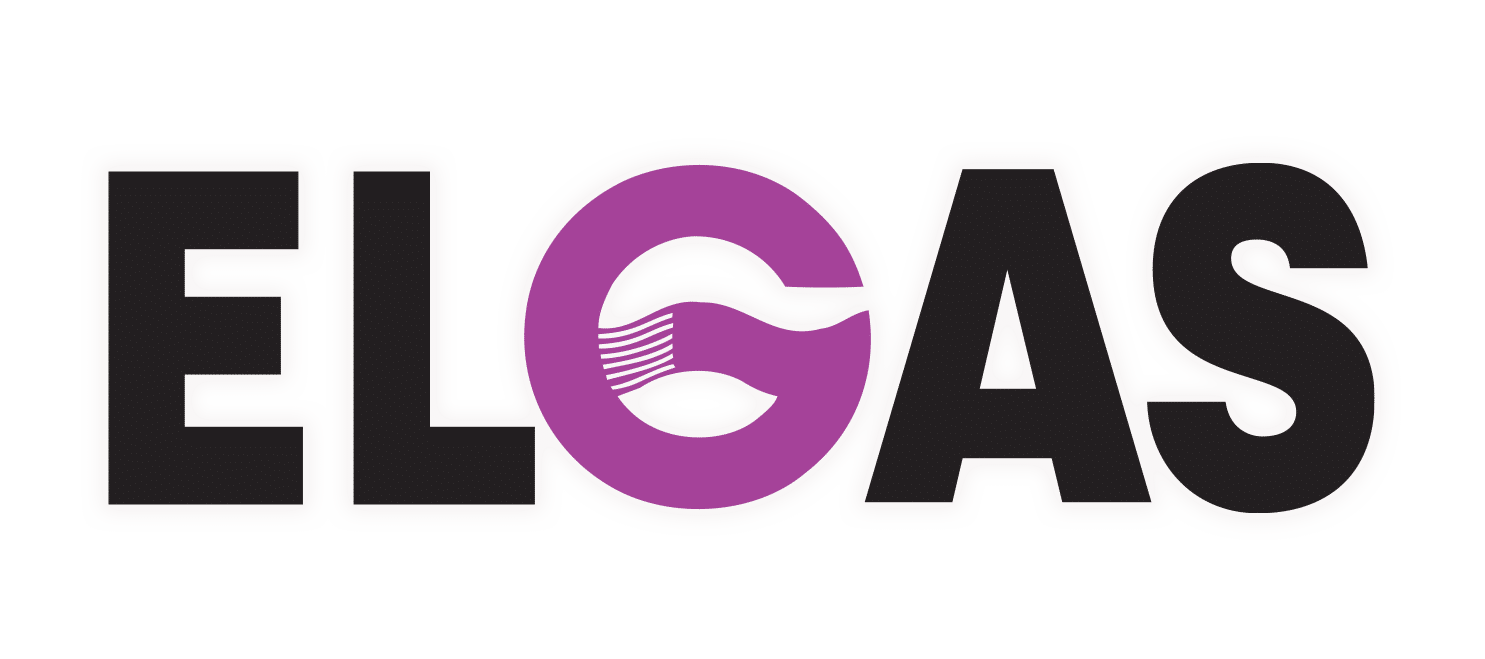What is Bottled Gas? Bottle Gas Propane – Bottled Fuel
“Bottled gas” is typically a synonym for “bottle gas propane”, “bottled fuel”, “LPG” or “propane”.
Whilst there are actually many types of gas that come in bottles or cylinders, including industrial and welding gases, the term bottled gas is generally understood to refer to LPG – bottle gas propane.
In some countries, bottled gas (bottle gas propane) can also refer to butane or propane/butane mixtures of bottled fuel.
“What is Bottled Gas?” In Summary:
 Bottled gas (bottle gas propane) is a flammable hydrocarbon gas liquefied through pressurisation.
Bottled gas (bottle gas propane) is a flammable hydrocarbon gas liquefied through pressurisation.
It is called bottled gas, along with bottle gas propane, LPG, propane, butane and mixtures of these bottled fuel gases.
Bottled gas (bottle gas propane) comes from natural gas processing and oil refining.
Bottle gas propane (bottled fuel) is stored in gas bottles, cylinders or larger vessels.
Bottled gas (bottle gas propane) is used as heating, cooking and auto fuel.
This short video (8:29) explains all of the basics of bottled gas (bottle gas propane) …
Bottled Gas (Bottle Gas Propane) Physical Properties
| Bottled Gas Properties | |
| Properties | Bottled Gas |
| Chemical Formula | C3H8 |
| Energy Content: MJ/m3 | 95.8 |
| Energy Content: MJ/kg | 49.58 |
| Energy Content: MJ/L | 25.3 |
| Boiling Temp: Cº | -42 |
| Pressure @ 21ºC: kPa | 858.7 |
| Flame Temp: Cº | 1967 |
| Expansion: m3/L | 0.270 |
| Gas Volume: m3/kg | 0.540 |
| Relative Density: H2O | 0.51 |
| Relative Density: air | 1.53 |
| kg per L | 14.96 |
| L per kg | 0.51 |
| Specific Gravity @ 25ºC | 1.55 |
| Density @ 15ºC: kg/m3 | 1.899 |
Get $140 in LPG Account Credits!
Choice of 2-Year Fixed or Variable 45kg Gas Bottle Price
No Lock-in Contracts
We return your old gas bottles for you
It is a great time to switch to ELGAS
Where Does Bottled Gas (Bottled Fuel) Come From?
Bottled gas (bottle gas propane) is a fossil fuel that does not occur in isolation.
Bottled gas (bottle gas propane) is found naturally in combination with other hydrocarbons.
Bottle gas propane (bottled fuel) is produced during natural gas processing and oil refining.
Bottle gas propane (bottle gas propane) is bottled fuel isolated, liquefied through pressurisation and stored in pressure vessels.
How is Bottled Gas (Bottle Gas Propane) Made?
Bottled gas (bottle gas propane) is made during natural gas processing and oil refining. It is separated from the unprocessed natural gas using refrigeration.
during natural gas processing and oil refining. It is separated from the unprocessed natural gas using refrigeration.
Bottled gas (bottle gas propane) is extracted from heated crude oil using a distillation tower.
Bottle gas propane (bottled fuel) is then pressurisation and stored as bottled fuel in cylinders and tanks.
How Bottled Gas (Bottled Fuel) is Transported to You
 Bottled gas (bottle gas propane) exists as either a gas (vapour) or as a liquid bottled fuel, when bottle gas propane is under a modest amount of pressure in gas bottles, cylinders, tanks and larger LPG storage vessels.
Bottled gas (bottle gas propane) exists as either a gas (vapour) or as a liquid bottled fuel, when bottle gas propane is under a modest amount of pressure in gas bottles, cylinders, tanks and larger LPG storage vessels.
Given that gaseous LPG has a volume 270x that of liquid bottled gas (bottle gas propane), it is almost always transported in its more compact liquid state.
Bottled gas (bottle gas propane) can be transported in a number of ways, including by ship, rail, tanker trucks, intermodal tanks, cylinder trucks, pipelines and local gas reticulation systems.
Most homeowners receive their bottled gas (bottle gas propane) either by 45kg exchange cylinders or tanker delivery into a large in situ tank.
For BBQs, homeowners typically take their empty gas bottle to a retailer to be refilled with bottled fuel or for a swap refill.
What is Bottled Gas (Bottle Gas Propane) Used For?
.png) Bottled gas (bottle gas propane) is utilised in numerous applications.
Bottled gas (bottle gas propane) is utilised in numerous applications.
Bottled gas (bottle gas propane) is used as a bottled fuel for many residential, commercial and agricultural heat applications, including cooking.
Bottle gas propane (bottled fuel) is also employed as a propellant, refrigerant, vehicle fuel and petrochemical feedstock.
Bottled gas (bottle gas propane) has hundreds, if not thousands, of uses.
The bottled gas (bottle gas propane) uses most people can name are around the home, in their cars or for their business.
Bottle gas propane (bottled fuel) is used in leisure time activities including caravans, boats, recreational vehicles, hot air balloons and camping.
Business and industry use bottled gas (bottle gas propane) for a multitude of processes including steam boilers, kilns, ovens and forklifts.
Crop and produce drying, heating greenhouses, hot water for dairies, irrigation pumps and heating animal enclosures are just some of the agricultural applications for bottled gas (bottle gas propane).
Transport is also a big user of bottled gas (bottle gas propane), with either propane alone or mixed with butane, to power various vehicle types.
There are also many, many more bottled gas (bottle gas propane) applications, including power generation and the hospitality industry.
How Does Bottled Gas (Bottled Fuel) Work?
 Bottled gas (bottle gas propane) is stored under pressure, as a liquid, in a gas bottle.
Bottled gas (bottle gas propane) is stored under pressure, as a liquid, in a gas bottle.
Bottle gas propane (bottled fuel) turns back into gas vapour when you release some of the pressure in the gas bottle by turning on your appliance.
The bottle gas propane (bottled fuel) vapour is at the top of the bottle whilst the liquid LPG is at the bottom (see image).
Almost all of the uses for bottled gas (bottle gas propane) involve the use of the gas vapour, not the liquefied gas.
7 Important Bottled Gas (Bottle Gas Propane) Facts
1. Bottled gas (bottle gas propane) is LPG. LPG is the acronym for Liquefied Petroleum Gas.
2. Bottled gas (bottle gas propane) is a flammable hydrocarbon gas that is liquefied through pressurisation and commonly used as fuel.
3. Bottled gas (bottled fuel) comes from natural gas processing and petroleum refining.
4. Bottled gas (bottle gas propane) is LPG but not all bottled gas is propane. Propane, along with a number of gases, falls under the “LPG” label. The other bottled fuel gases include butane (n-butane) and isobutane (i-butane), as well as mixtures of the three LPG bottled fuel gases.
5. Bottled gas (bottle gas propane) can be compressed into liquid bottled fuel at relatively low pressure.
6. Bottled gas (bottle gas propane) is frequently used for fuel in heating, cooking, hot water and vehicles.
7. Bottled gas (bottle gas propane) is generally stored, as a liquid bottled fuel , in steel vessels ranging from small BBQ gas bottles to larger gas cylinders and storage tanks.
Bottled Gas (Bottled Fuel) Goes by Many Names
In Australia, bottled gas (bottle gas propane) has many names.
It is also called bottle gas propane (bottled fuel), LPG, LPG Gas, LP Gas, BBQ Gas or Autogas.
In the USA it is just called Propane.
In the UK, it is referred to as either propane or LPG.
Final Thoughts on Bottled Gas (Bottle Gas Propane)
Regardless of whether you call it bottled gas, bottle gas propane (bottled fuel), LPG or propane, it is a great source of energy.
Bottled gas (bottle gas propane) is a versatile, transportable, low carbon bottled fuel.
Bottled gas (bottle gas propane) is easy to transport, in cylinders or tankers, making it available virtually everywhere and to everyone.
- Butane – Butane Gas – Butane Chemical Formula- Butane Gas Canister - April 23, 2025
- BBQ – Gas and Charcoal BBQ Features – Charcoal BBQ vs Gas BBQ Comparison - March 31, 2025
- GPL Gas (GPL Fuel) – GLP Gas – LPG Gasul: GLP – GPL Station Near Me - March 26, 2025
Steve Reynolds
Technical Consultant
Steve Reynolds is a leading expert in the LPG industry with over 22 years of experience. As part of the national management team at ELGAS, Steve ensures the safe and efficient storage, handling, and transportation of LPG. He serves as the lead investigator for incidents and collaborates with authorities on industry developments.
Steve is a technical advisor to Standards Australia and Gas Energy Australia (GEA), and an active member of the World LPG Association (WLPGA), contributing to global standards and technical reviews. He holds a BSc. (Hons) in Industrial Chemistry from UNSW and has held senior safety and technical roles at ELGAS, making him a trusted authority in LPG safety and standards.

